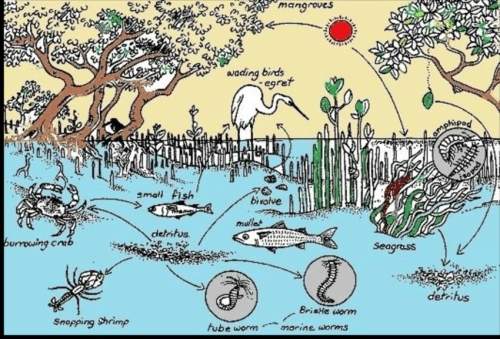
Biology, 07.05.2020 05:00 arrissa1234hinkle
A dichotomous key works on the principle of asking yes-or-no questions about the organism. To identify it, the answers for that organism are then compared to existing organisms to identify it. Prepare a list of four to five questions about each of the organisms listed below to help you create your own key. For each question, make sure the answer isn’t the same for all four organisms. For example, Does the organism have cells? would be an inappropriate question, because all the organisms have cells.
brewer’s yeast (Saccharomyces cerevisiae)
E. coli bacteria (Escherichia coli)
green hydra (Hydra viridissima)
house cat (Felis catus)

Answers: 2
Another question on Biology

Biology, 21.06.2019 20:00
Animals such as pronghorn antelope, bison ans badgers dot to the landscape. where are these animals located?
Answers: 1

Biology, 22.06.2019 01:30
Deer cave cannot support photosynthesis is as not enough sunlight is present. in spite of this, it still has a complex food chain. what is the energy foundation of this food chain?
Answers: 1

Biology, 22.06.2019 13:30
Kudzu vines grow by climbing and wrapping around trees. trees covered by kudzu can die because they are starved of sunlight. what type of relationship exists between the trees and the kudzu growing on them?
Answers: 2

You know the right answer?
A dichotomous key works on the principle of asking yes-or-no questions about the organism. To identi...
Questions



Mathematics, 15.04.2020 17:32



Mathematics, 15.04.2020 17:32




Mathematics, 15.04.2020 17:32

Mathematics, 15.04.2020 17:32



Mathematics, 15.04.2020 17:32





Mathematics, 15.04.2020 17:32




